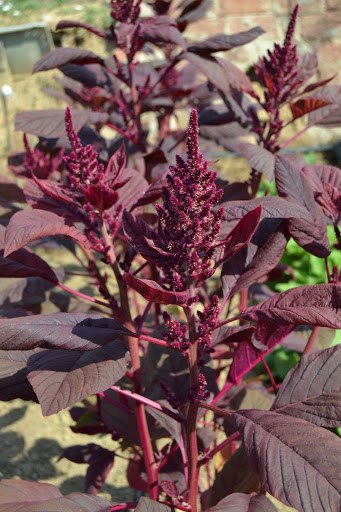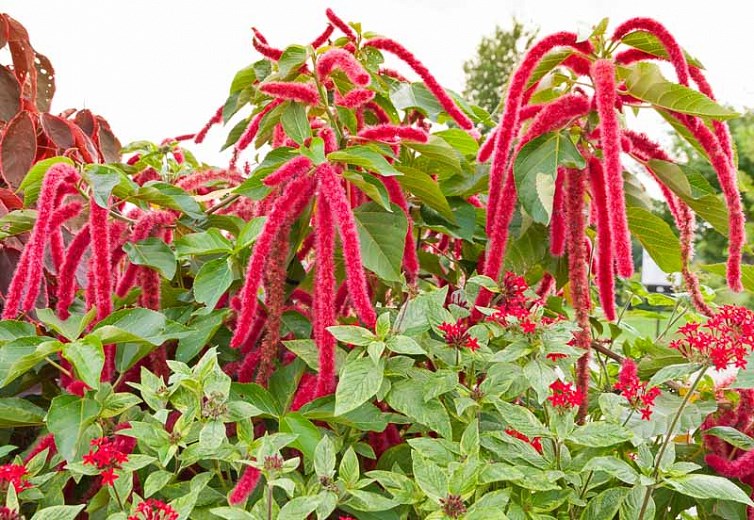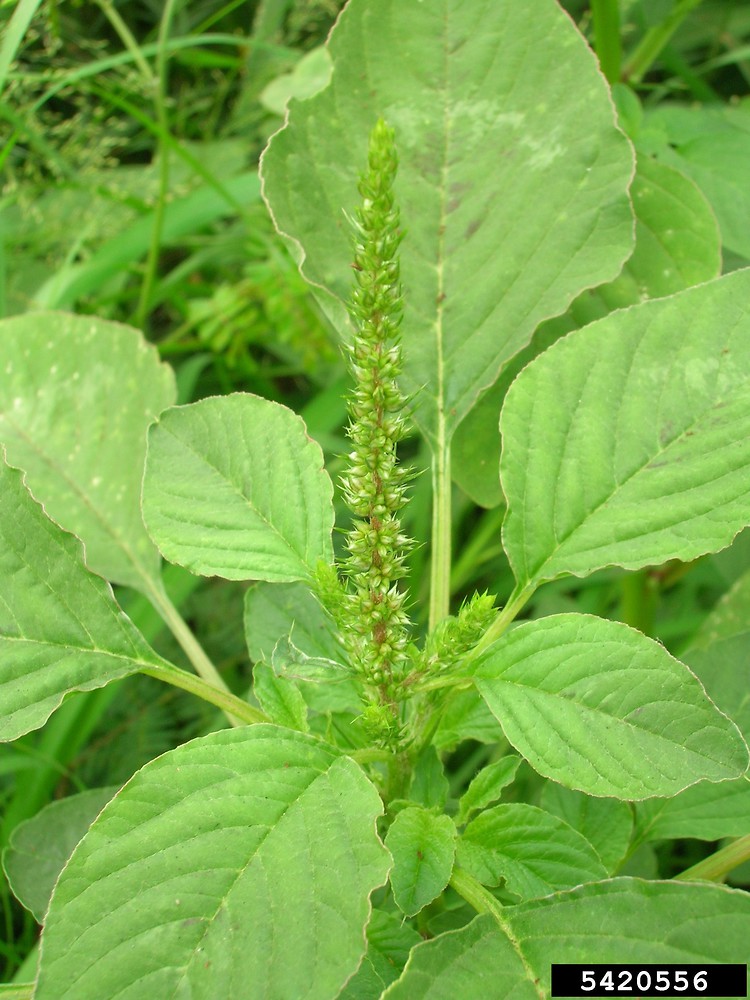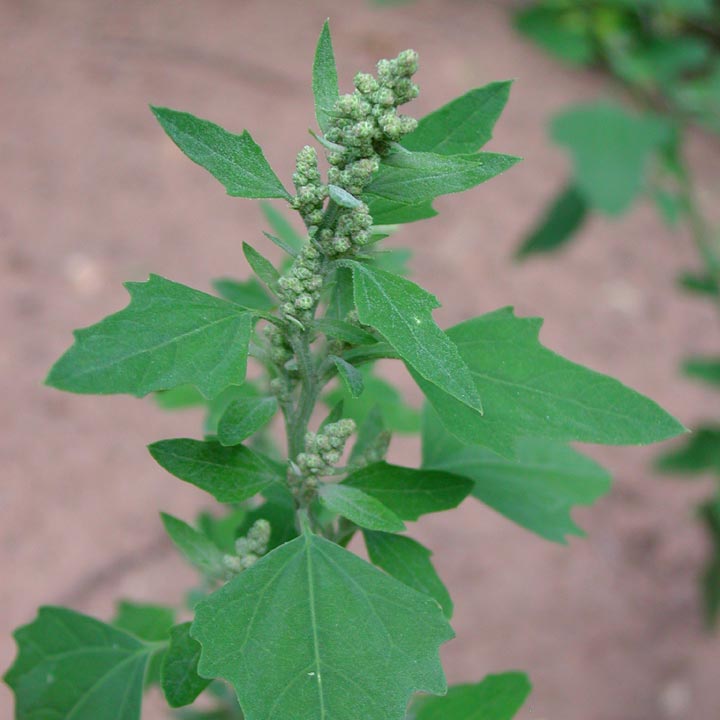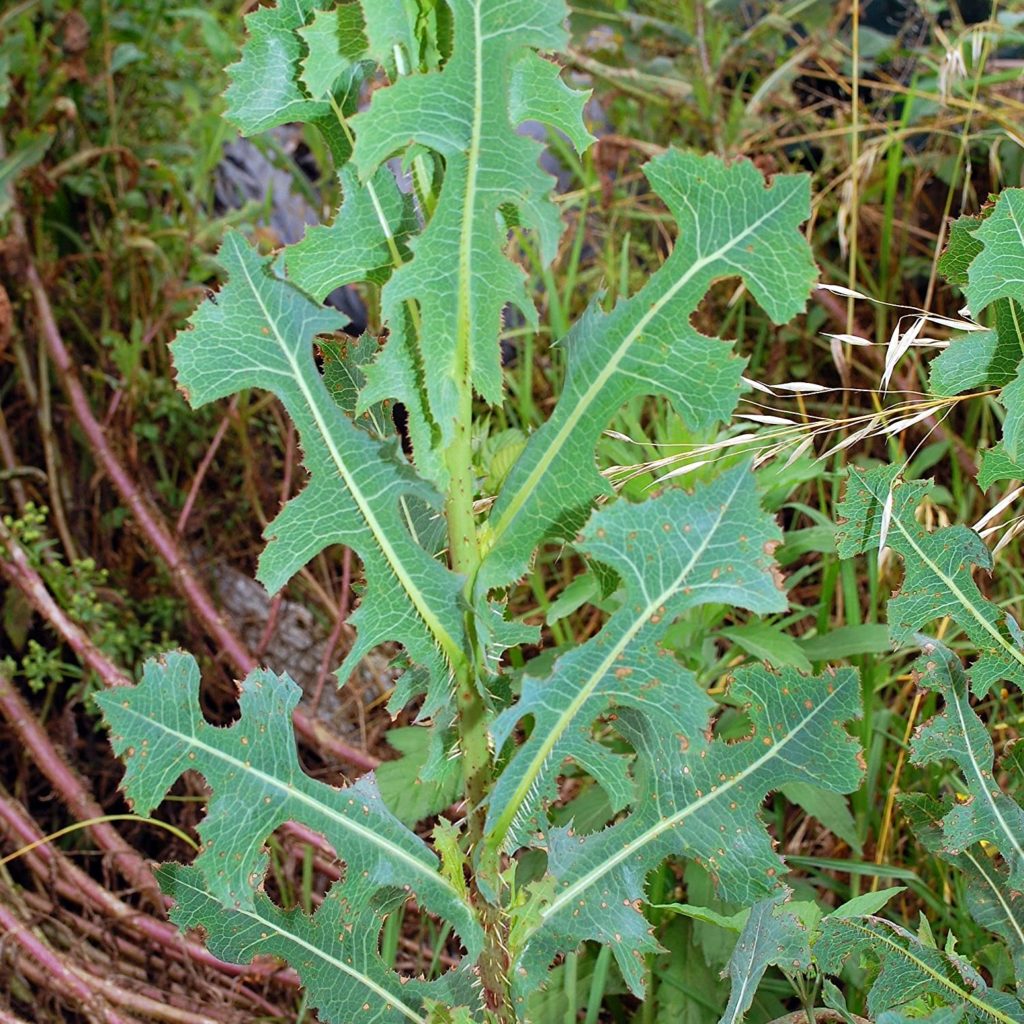Dr Emmanuel B Tanor and Dr Sibusisiwe Magama (National University of Lesotho)
European Journal of Nutrition & Food Safety, 32-45, 2020Objective: The study aimed at determining the nutrient content of nine selected wild leafy vegetables growing in Roma Valley of Lesotho as a means to achieve food security, improve nutritional and dietary diversity and address malnutrition in rural communities.
Methodology:
The vegetables were analysed for proximate composition, and Ca, Mg, Na, P, K, Fe, Mn, Se, Cu and Zn and vitamin C. Analyses were carried out using standard methods.
Results: The proximate analysis revealed a high in moisture (81.15-92.23%) statistically similar (p< 0.05), some were rich in protein, vitamin C, Cu, Mn, K and Fe. Chenopodium album has the highest protein (31.53±8.65 mg/100 g) fresh weight (FW); and Rorripa nudiscula (51.4% of RDA). Chenopodium album and Rorripa nudiscula were rich in Ca, 1598.21±15.25 mg/100 g FW and 1508.50±25.40 mg/100 g FW and in Mg, 505.14±35.55 mg/100 g FW and 525.18 mg/100 g FW respectively. The vegetables were rich in K, but low in Na, with Na-to-K ratio< 1.0, indicating that the vegetables could be ideal source of balanced sodium and potassium intake in diet. The vegetables were rich in Cu with ranging from 114.4% of RDA in Rorripa nudiscula to 342.2% of RDA in Chenopodium album. Fe was abundant in Rorripa nudiscula 251.7% of RDA and Chenopodium album 187.8% of the RDA. Mn was abundant in Amaranthus cruentus 557.8% of the RDA, in Chenopodium album or 245.7% of the RDA, in Rorripa nudiuscula, 205.5% of RDA, Amaranthus thunbergii (130.9% of RDA), moderate amounts in Amaranthus caudatus (1.94±0.36 mg/100 g FW or 84.4%) and Amaranthus spinosus (83.5% of RDA). The content of Se was moderate: Rorripa nudiscula (38.3% of RDA). Amaranthus thunbergii (20.50±0.27 µg/100 g FW, 37.3% of RDA), Amaranthus spinosus (34.0% of RDA) and Lactuta serriola (20.7% of RDA). Zn was high in Chenopodium album (117.3% of RDA) moderate in Rorripa nudiscula (35.6% of RDA) Lactuta serriola (23.9% of RDA), Amaranthus spinosus (19.6% of RDA), Amaranthus caudatus (15.9% of RDA). Most of the nutrient were statistically similar at p< 0.5.
Conclusion: The nutrient composition indicated that the vegetables could be good source of minerals and vitamin C and could be incorporated in rural household diets to improve nutrition, address malnutrition and food insecurity.
